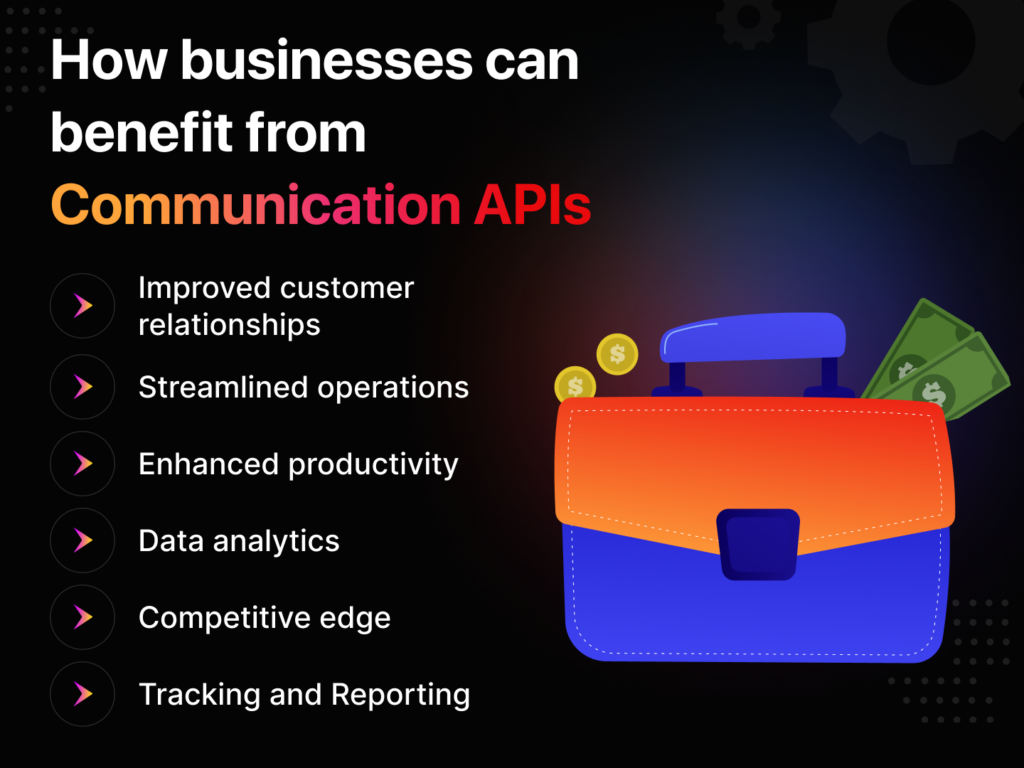Communication API Challenges: What you need to know:
Using and implementing APIs can get quite complex for several reasons, mainly because you need to adjust your internal systems, procedures, how you manage data, your security protocols, and even the structures you have in place for governing your processes.
To deal with this complexity, your business must plan thoroughly and carefully analyze how the API implementation will influence each department.
Security concerns
APIs hosted in cloud environments can be susceptible to security breaches. Cybersecurity and Infrastructure Security Agency discusses the best practices for securing APIs in cloud environments.
Preventing these risks requires prioritizing data security immediately and remaining vigilant as your project expands.
It’s recommended to employ a specialized security team that can work on improving your security.
Financial and time considerations
Integrating communication APIs can be costly, especially in the early stages, and you might not immediately see the benefits.
Also, you must consider ongoing maintenance and management as they come with additional costs.
Dealing with these financial concerns demands choosing an API model that aligns with your business needs and collaborating with experienced providers that effectively manage expenses.
Employee hesitance
Employees may be hesitant to use APIs if they don’t understand how it affects their daily work. Some might prefer sticking to what they already know instead of learning something new, which is why you’ll need a team of experts who understand APIs when starting a project.
This demands the recruiting of experts and developers who can teach API basics through various modules.
Challenges with compatibility
A mobile app must include maps and location-based services by using features like showing maps, receiving directions, and accessing the user’s current location to give area-specific information and services by integrating Google Maps APIs.
Version control and updates
API changes over time, like upgrades and version adjustments, can cause compatibility difficulties, so version control must always be managed timely.
Authentication and security
One challenging component of APIs is ensuring a safe entry via advanced and time-consuming authentication and authorization processes.
Documentation and support
One of the biggest problems when connecting different computer systems using APIs is unclear instructions.
When we don’t have these instructions, figuring out how the system works, what information it gives us, and how to use it correctly is hard. This can lead to confusion and mistakes when trying to make everything work together.
To ensure everything connects smoothly with your product, it’s also vital to create easy-to-follow instructions and a user-friendly page showing how to use your product’s API. This helps other developers understand how they can connect their systems with your product.
Error handling and monitoring
When integrating several APIs, you’ll need to manage errors and timeouts smartly to keep up the reliability of your system, which requires robust error-handling systems and monitoring processes, especially when it comes to massive integrations.
Performance and scalability
Integrating APIs from many sources might influence your system’s speed and scalability, so careful planning, load testing, and optimization efforts are crucial to maintaining ideal performance levels.
Dependency management
Integrating third-party APIs can increase external service requirements, so changes or unavailability of linked APIs might lead to system disruption, forcing system upgrades and other modifications.








